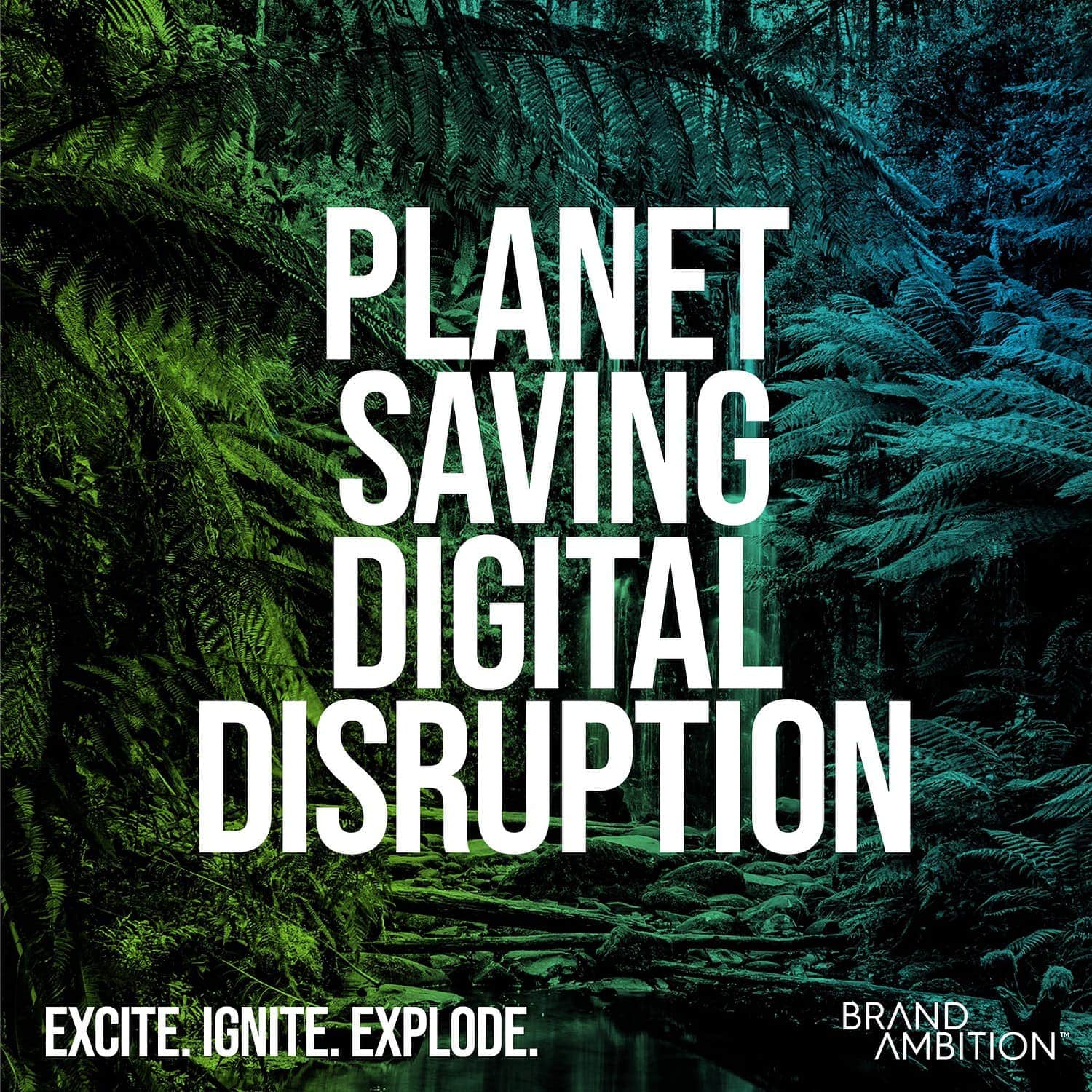In today’s digital marketing world, it’s all about genuine connections, not just straightforward selling. Audiences want brands that offer more than just products or services; they want stories that hit a nerve, stories they can relate to. And this is where storytelling comes into its own.
Storytelling is far more than a savvy marketing trick – it’s a key piece of the puzzle for building authentic relationships. By intertwining your brand’s ethos, mission, and vision within an engaging narrative, you’re doing more than displaying what you have to offer.
Storytelling increases the value of products by up to 2,706%. You’re inviting your audience on a shared journey, helping your message to cut through the digital chatter.
In essence, storytelling puts a face to your brand’s name, turning it from a faceless entity into a familiar figure. It’s the difference between simply promoting your brand and creating shared, unforgettable experiences that can help cement long-lasting relationships with your audience.
Mastering the Art of the Story
At Brand Ambition, our storytelling approach starts at the very core of our brand values.
We extract the essence and weave it into an engaging story, serving as the guiding light for our marketing initiatives. This is not just a solitary narrative, but rather an overarching theme that breathes life and uniqueness into our entire brand communication.
Harmonising Emotion with Business Goals
Marrying the emotional aspect with business targets in storytelling can feel like a delicate balancing act. But we at Brand Ambition are adept at creating narratives that find that sweet spot.
Our stories, while being emotionally engaging, subtly steer the narrative towards the benefits our brand offers.

Consider Dove’s groundbreaking “Real Beauty” campaign.
In a bid to redefine beauty norms, the company started featuring everyday women in their advertisements instead of professional models. Dove released a series of emotionally-charged short films, each celebrating the diversity of women’s natural beauty and challenging traditional standards. These films prompted a global conversation about the concept of beauty.
At its core, the campaign had an emotionally resonant message: Every woman is beautiful in her own unique way. Dove cleverly crafted this narrative, highlighting their commitment to creating products for ‘real’ women and not just for those who meet conventional beauty standards.
In essence, the “Real Beauty” campaign is a perfect example of the fine balancing act we at Brand Ambition strive to achieve in our storytelling.
While our narratives are crafted to engage our audience on an emotional level, we subtly steer the message towards the value and benefits our brand provides, striking a balance between emotion and business objectives.
Ensuring Consistency
We weave our story into every piece of content we create, be it a blog post, social media update, or advertising campaign.
This narrative consistency helps underscore our brand’s values, resonates with our target audience, and differentiates our brand from competitors. We find that this pushes our message broader and deeper with our target audiences. As consumers, we see this every day, with big brand campaigns. At Brand Ambition, we aim to achieve the same results, on much smaller budgets with much tighter niches.
An example would be our competitive analysis process, which offers crucial insights into maintaining this narrative consistency across various content formats.
Unifying Multiple Narratives
Coordinating various teams managing different channels can pose a significant challenge for maintaining a unified brand narrative.
Our approach? We develop an overarching theme based on our brand story. This theme then gets rolled out across all channels, from social media to email marketing, ensuring our audience receives a consistent and unified brand message.
A Sustainable Innovation example.
Suppose we had launched a campaign around “Sustainable Innovation”.

This theme, derived from our brand narrative, serves as a compass guiding all teams. Be it a tweet, an email newsletter, or a blog post, each content piece would revolve around “Sustainable Innovation”.
This strategic roll-out ensures our audience experiences a unified message across all platforms, maintaining brand consistency even amid multiple channels. This approach is how we at Brand Ambition keep our brand narrative coherent and impactful.
1. Social Media
Our campaign would kick off with a series of thought-provoking posts on various social media platforms.
This would consist of short videos highlighting our clients’ sustainability efforts, infographics detailing our sustainable initiatives, and quotes from our leadership team expressing our commitment to innovation in sustainability.
2. Blog Posts
We’d craft articles providing a deeper insight into our clients’ sustainable practices and their role in driving innovation.
These could feature case studies on successful sustainable projects, interviews with the team members leading these initiatives, and thought leadership pieces discussing the future of sustainability in their industry. This focuses on E-E-A-T Practices for SEO. For more on how we use E-E-A-T in our SEO approach check out this post.
3. Email Marketing
Our email newsletters would be specifically tailored to underline different aspects of our “Sustainable Innovation” campaign.
This could include sharing exclusive content such as in-depth articles, early access to our sustainable initiatives, or personal invitations to attend events discussing our innovative practices.
4. PPC Campaigns & Banner Advertising
We would develop targeted pay-per-click (PPC) & Display / Remarketing campaigns with carefully crafted ads, highlighting our commitment to sustainable innovation.
These ads would be strategically placed on search engines, social media and websites frequented by our target audience, guiding them to our dedicated “Sustainable Innovation” landing page.
Utilising banner ads and other forms of digital advertising, we would visually communicate our “Sustainable Innovation” narrative. Using compelling imagery and succinct, powerful text, we’d capture the audience’s attention and guide them towards our website for more information.
5. Press Releases
We’d reach out to a broader audience via press releases detailing our “Sustainable Innovation” campaign.
These releases would underscore our commitment to sustainability, demonstrate how we’re pushing the boundaries in our industry, and present our vision for a sustainable future.
6. Website
We would create a dedicated section on our clients’ website to house comprehensive information about our “Sustainable Innovation” efforts.
Visitors could find detailed descriptions of our sustainable projects, testimonials from clients who value our commitment to sustainability, and an overview of our journey in innovation.
One narrative, multiple channels.
This multi-channel approach ensures we present a consistent narrative around a campaign, in this example the idea of “Sustainable Innovation”, effectively engaging our clients’ audience across various touchpoints, whilst reinforcing their position as a market leader committed to sustainable practices.
Leveraging Technology
 At Brand Ambition, we harness the power of technology to streamline our storytelling process and create compelling narratives.
At Brand Ambition, we harness the power of technology to streamline our storytelling process and create compelling narratives.
Actually, we use a lot of technology, but we use a lot of human experience too.
We use AI-driven content generators and analysis platforms that aid in maintaining narrative consistency and enable us to craft narratives that resonate with our target audience while standing out in the crowded digital space.
Our technology stack follows one of our core principles; Efficient Through Innovation.
This simply means, that as technology evolves, we adopt it as quickly as possible to make ourselves more efficient, ensuring that our clients get more for their money.
Another principle of ours is to focus on Planet Saving Digital Disruption, meaning where possible we identify sustainable practices in our technology approach.
The Power of Storytelling: By the Numbers
Still not convinced about the power of storytelling?

Here are 10 statistics that demonstrate the immense potential of narratives in content marketing:
- Storytelling increases the value of products by up to 2,706% (Significant Objects)
- Brand messages relayed as stories can be up to 12 times more memorable than mere facts (Chip and Dan Heath, Stanford)
- 92% of consumers want brands to make ads that feel like a story (Marketing Insider)
- Consumers’ emotional response to an ad has a far greater influence on their reported intent to buy a product than does the ad’s content (Harvard Business Review)
- Storytelling can boost conversion rates by up to 30% (Aberdeen)
- 55% of people are more likely to buy the product in the future if they love a brand’s story (Headstream)
- 64% of B2B marketers agree that storytelling can significantly help attract a larger audience (Marketing Insider)
- Brands that have a consistent narrative in their content marketing could increase the memorability of their content by 118%. (Prezi)
- Companies that use storytelling in their marketing have reported a 20% increase in revenue (Forbes)
- 78% of CMOs believe content is the future of marketing and storytelling plays a massive role in content marketing (Demand Metric)
At Brand Ambition, storytelling is not merely a marketing technique—it’s a powerful tool to forge deeper connections with our audience and reinforce our brand identity.
Your brand has a story too. Isn’t it time to share it?